Black Hills Spruce
$1,399.00 – $2,499.00
The Black Hills Spruce for sale online (Picea glauca var. densata) is a remarkable coniferous tree native to the Black Hills region of South Dakota and Wyoming.
Overview of Black Hills Spruce
The Black Hills Spruce for sale online (Picea glauca var. densata) is a remarkable coniferous tree native to the Black Hills region of South Dakota and Wyoming. This species, while closely related to the white spruce, exhibits distinct characteristics that make it unique. In this overview, we will explore the Black Hills spruce’s physical attributes, habitat, ecological significance, and practical uses.
Physical Characteristics |Black Hills Spruce for sale online
Firstly, the Black Hills spruce is known for its impressive height, typically reaching between 30 to 60 feet at maturity. Moreover, its conical shape and symmetrical crown contribute to its aesthetic appeal. The tree’s bark is thin and scaly, turning from a grayish-brown to a reddish hue as it ages.
Importantly, the needles are short—about 1 to 1.5 inches long—and feature a striking dark green color. These needles are also four-sided, giving them a characteristic whorled appearance when viewed from different angles.
In addition to its height and needle structure, the cones of the Black Hills spruce are another notable feature. They are cylindrical, measuring about 2 to 4 inches in length, and ripen to a light brown color. Notably, the tree produces both male and female cones, with the male cones typically appearing in clusters. This reproductive strategy allows for effective pollination, which is crucial for the species’ propagation.
Habitat and Distribution
The Black Hills spruce thrives in the montane forests of the Black Hills, where it prefers well-drained, sandy soils. This region is characterized by a continental climate, with cold winters and warm summers, providing an ideal environment for the tree’s growth. Additionally, the Black Hills’ elevation, ranging from 3,500 to 7,200 feet, creates diverse microclimates that support various plant species alongside the Black Hills spruce.
While the species is primarily concentrated in the Black Hills, it has also been introduced to other regions across the United States and Canada. However, its natural habitat remains crucial for its long-term survival. Thus, understanding the ecological conditions that favor the Black Hills spruce is essential for conservation efforts.
Ecological Significance
The Black Hills spruce plays a vital role in its ecosystem. For one, it provides habitat and food for numerous wildlife species. Birds, such as crossbills and chickadees, rely on the seeds from its cones, while larger mammals, including deer, utilize the tree’s foliage for forage during harsh winters. Furthermore, the tree serves as a nesting site for various bird species, enhancing biodiversity in the region.
In addition to supporting wildlife, the Black Hills spruce contributes to soil stabilization and water regulation. Its extensive root system helps prevent soil erosion, particularly in mountainous areas prone to runoff. Furthermore, the tree’s ability to absorb and store water plays a critical role in maintaining the local hydrology. This function is particularly important during periods of drought, when other vegetation may struggle to survive.
Practical Uses | Black Hills Spruce for sale online
The practical applications of the Black Hills spruce extend beyond its ecological importance. Notably, the wood of the Black Hills spruce is highly valued for its strength and durability. It is commonly used in construction, making it an excellent choice for framing, flooring, and furniture. Additionally, its fine grain and light color make it a sought-after material for crafting musical instruments, such as pianos and guitars.
Moreover, the Black Hills spruce is often utilized in landscaping and ornamental horticulture. Due to its attractive form and evergreen foliage, it is a popular choice for residential gardens and public parks. Furthermore, its adaptability to various soil types and conditions makes it a versatile option for landscaping projects across different climates.
Conservation Efforts | Black Hills Spruce for sale online
Despite its resilience, the Black Hills spruce faces several threats. Climate change, invasive species, and logging practices have all contributed to declines in local populations. As temperatures rise and precipitation patterns shift, the habitat that supports this species may be altered, potentially leading to decreased growth rates and increased susceptibility to pests and diseases.
Consequently, conservation efforts are critical for the Black Hills spruce’s survival. Various organizations and agencies are working to monitor its populations and implement sustainable forestry practices. These efforts aim to ensure that the tree remains a vital component of its ecosystem while also maintaining its economic value.
In addition to active conservation measures, raising public awareness about the importance of the Black Hills spruce can foster a sense of stewardship. Educational programs, community involvement, and responsible land management practices all play a role in preserving this iconic tree species for future generations.
Conclusion
In summary, the Black Hills spruce is a significant species that embodies the beauty and complexity of the Black Hills ecosystem. Its impressive physical characteristics, ecological importance, and practical uses underscore its value not only to the environment but also to human society. As we continue to face environmental challenges, the need for concerted conservation efforts becomes increasingly apparent.



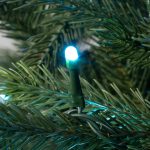


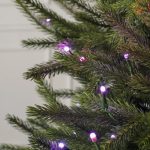
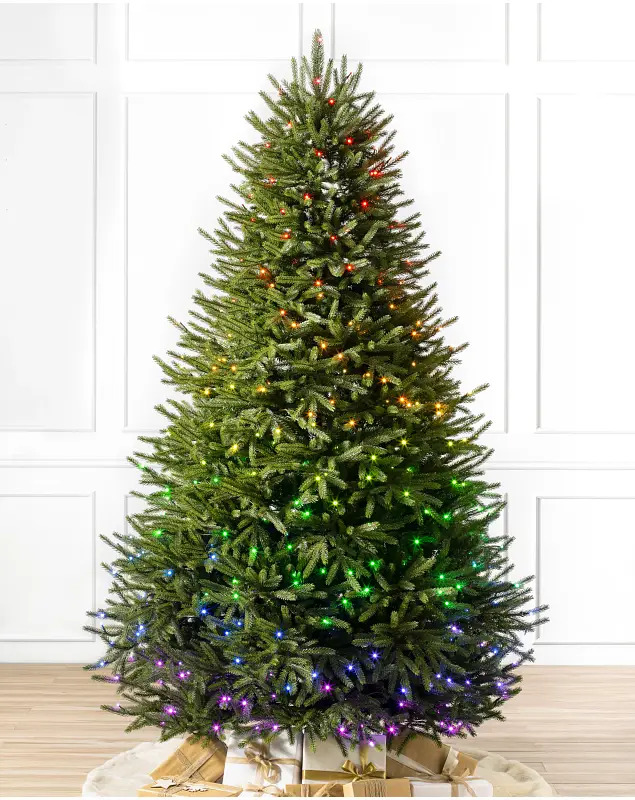
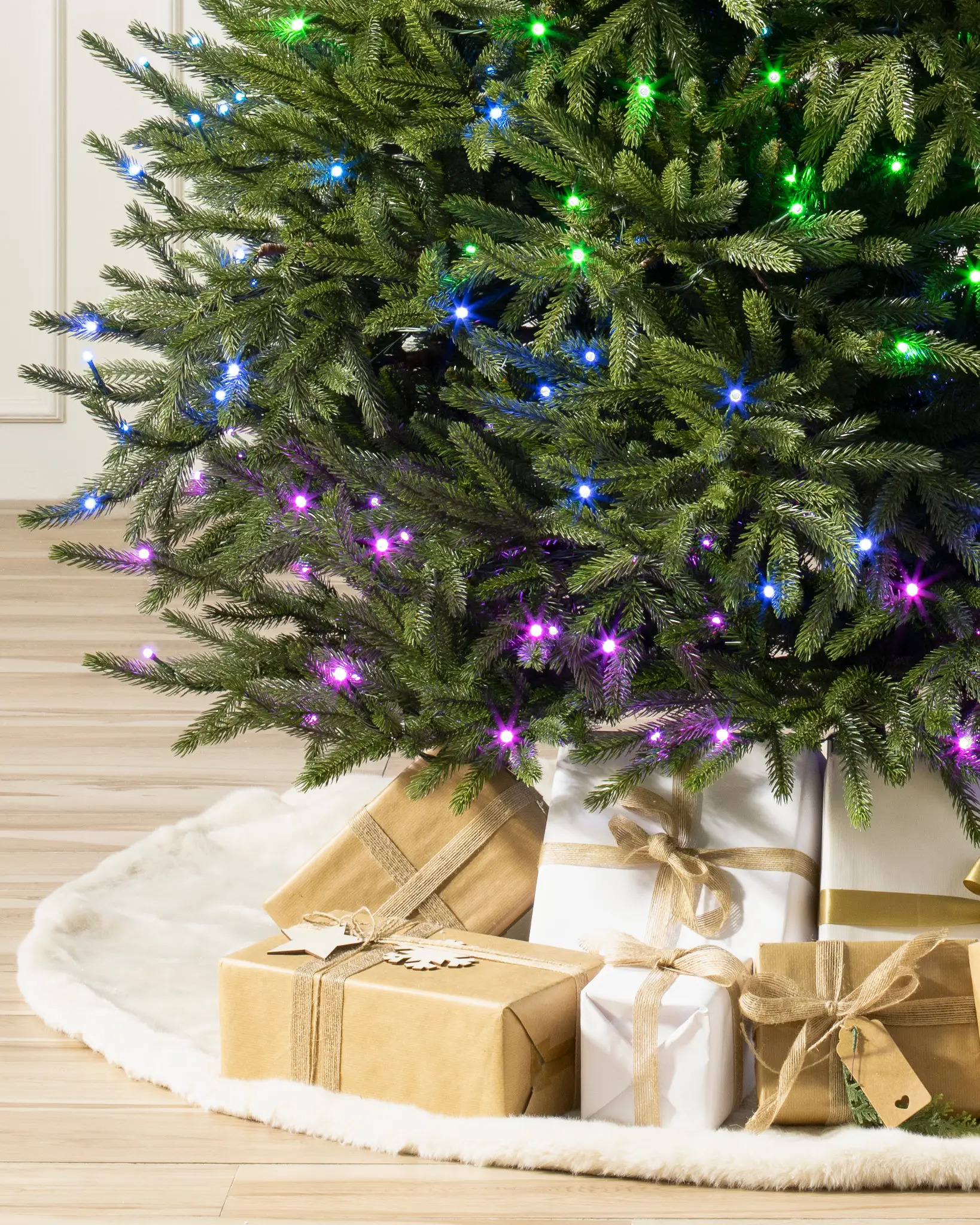
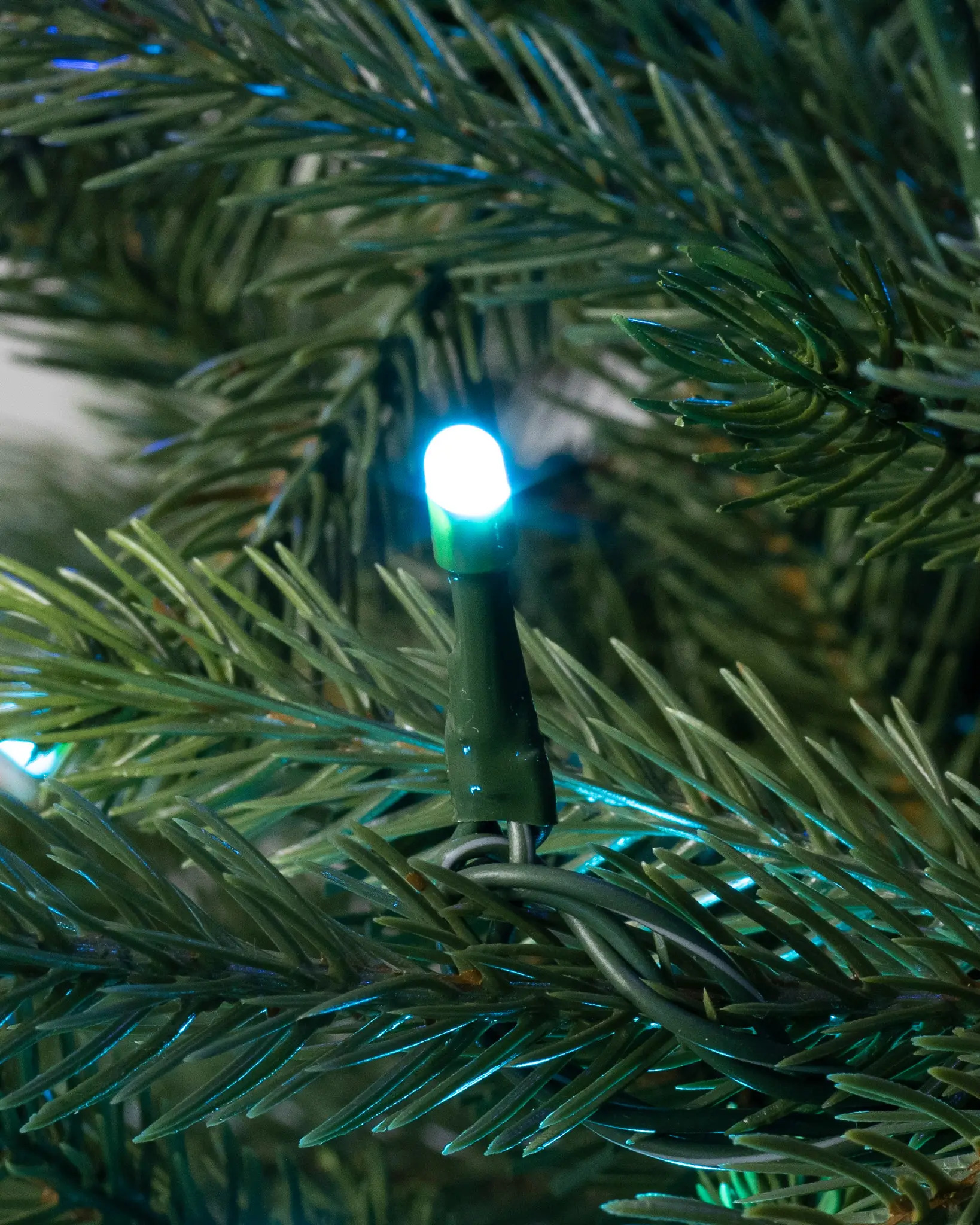
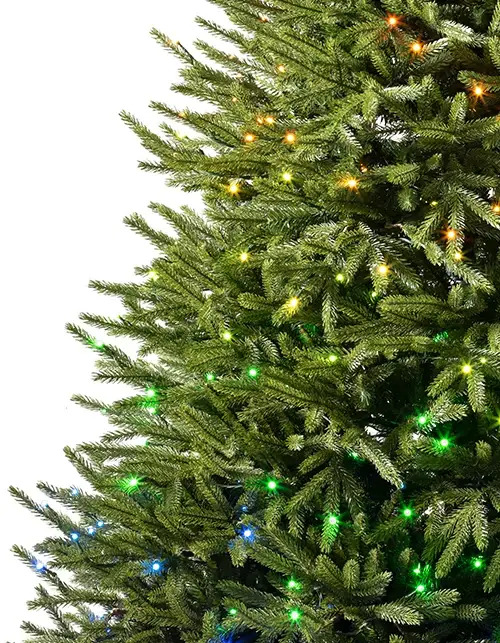
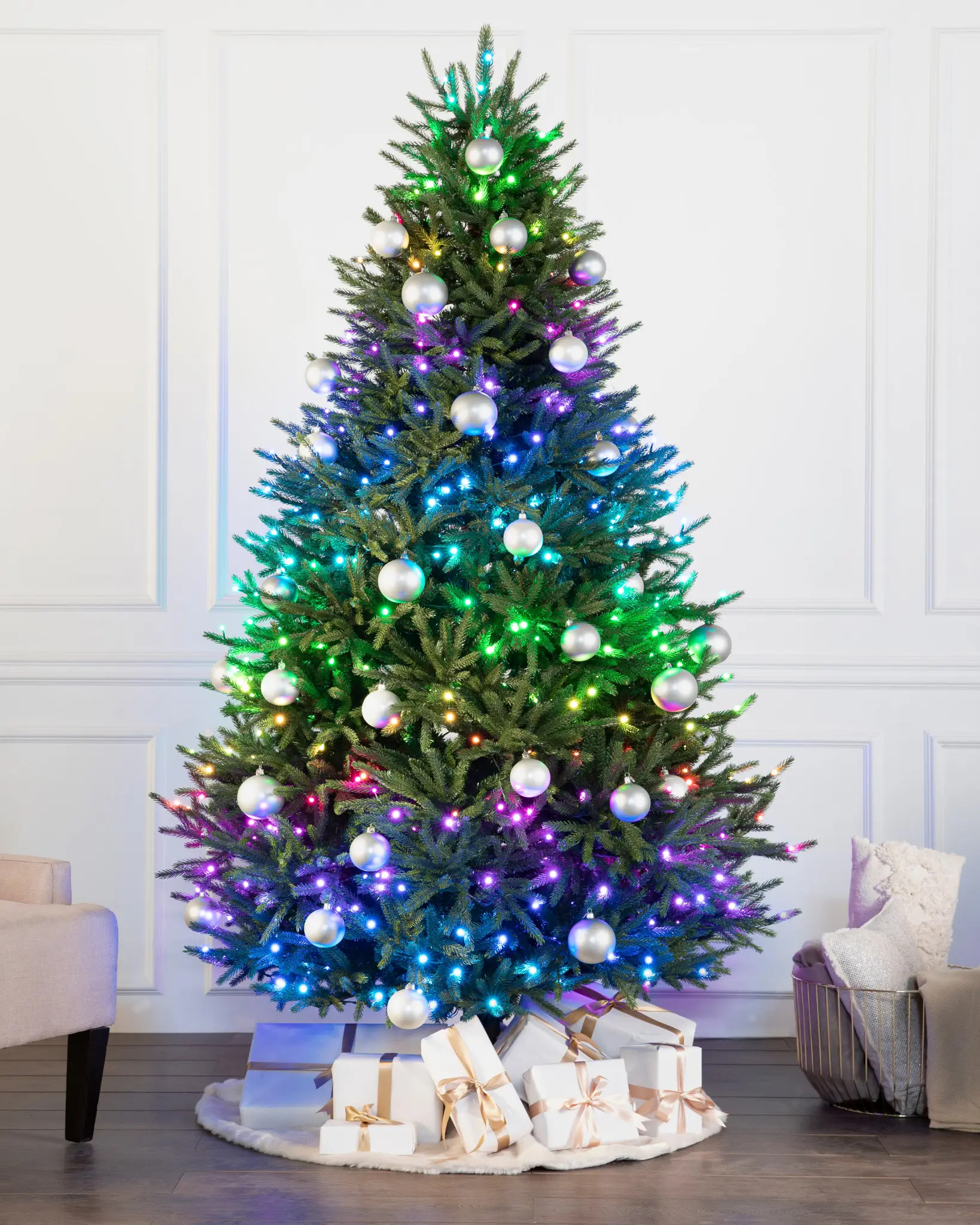
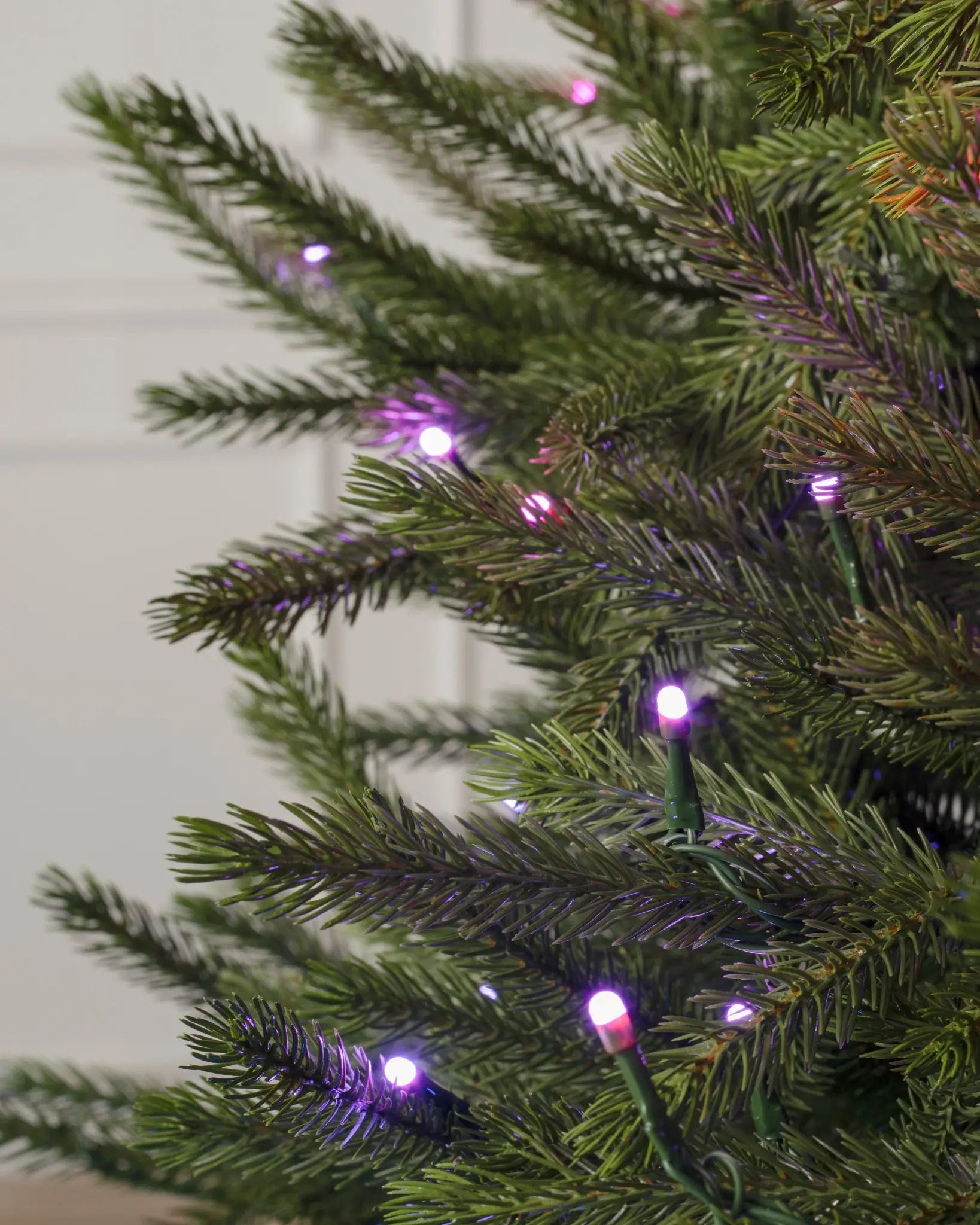

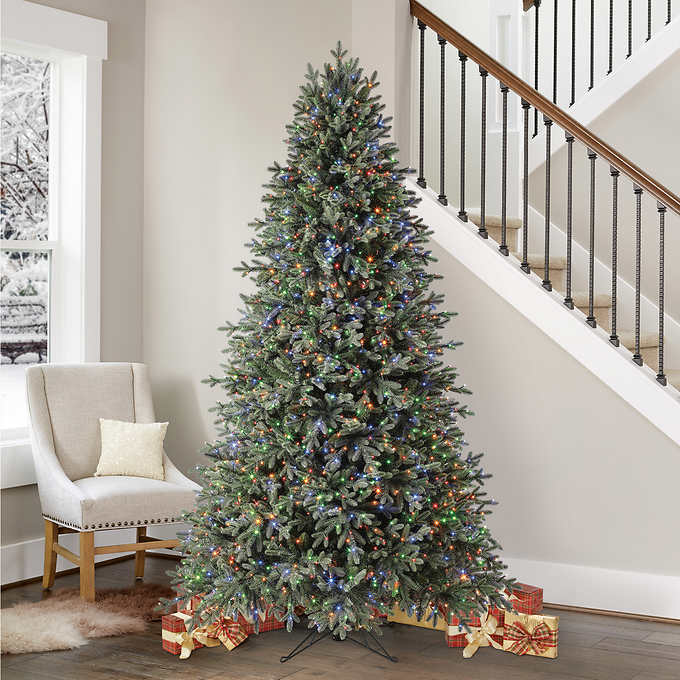
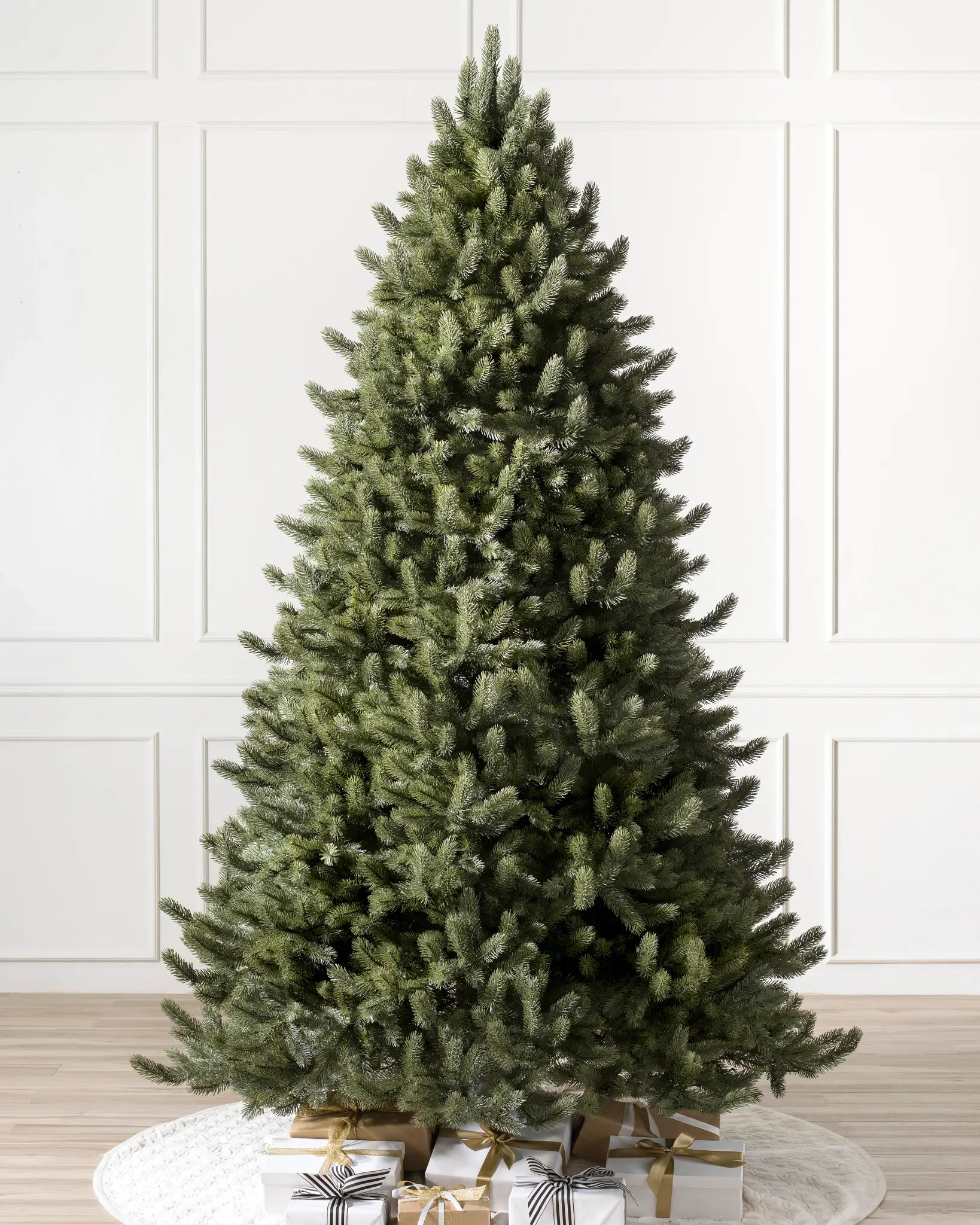
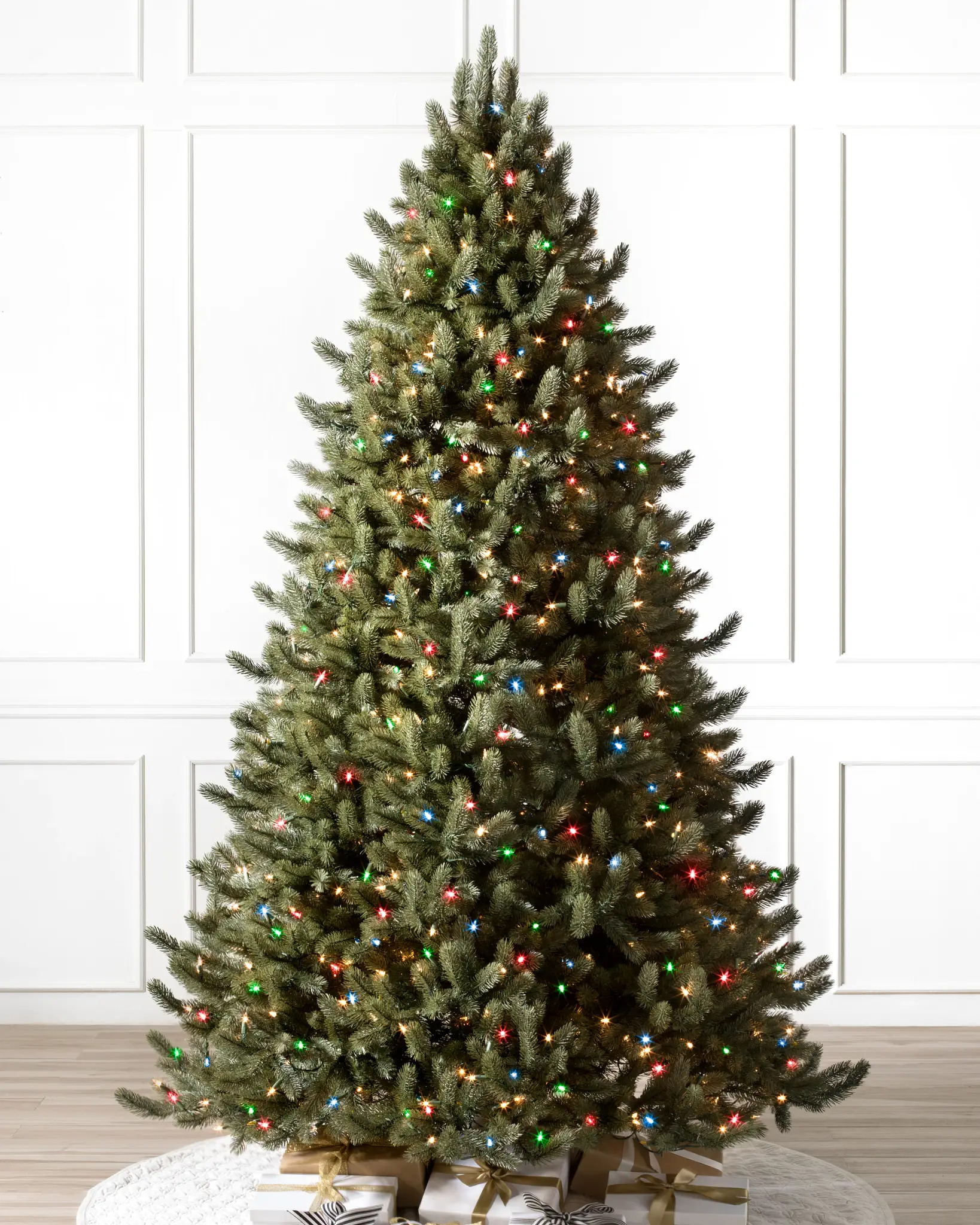
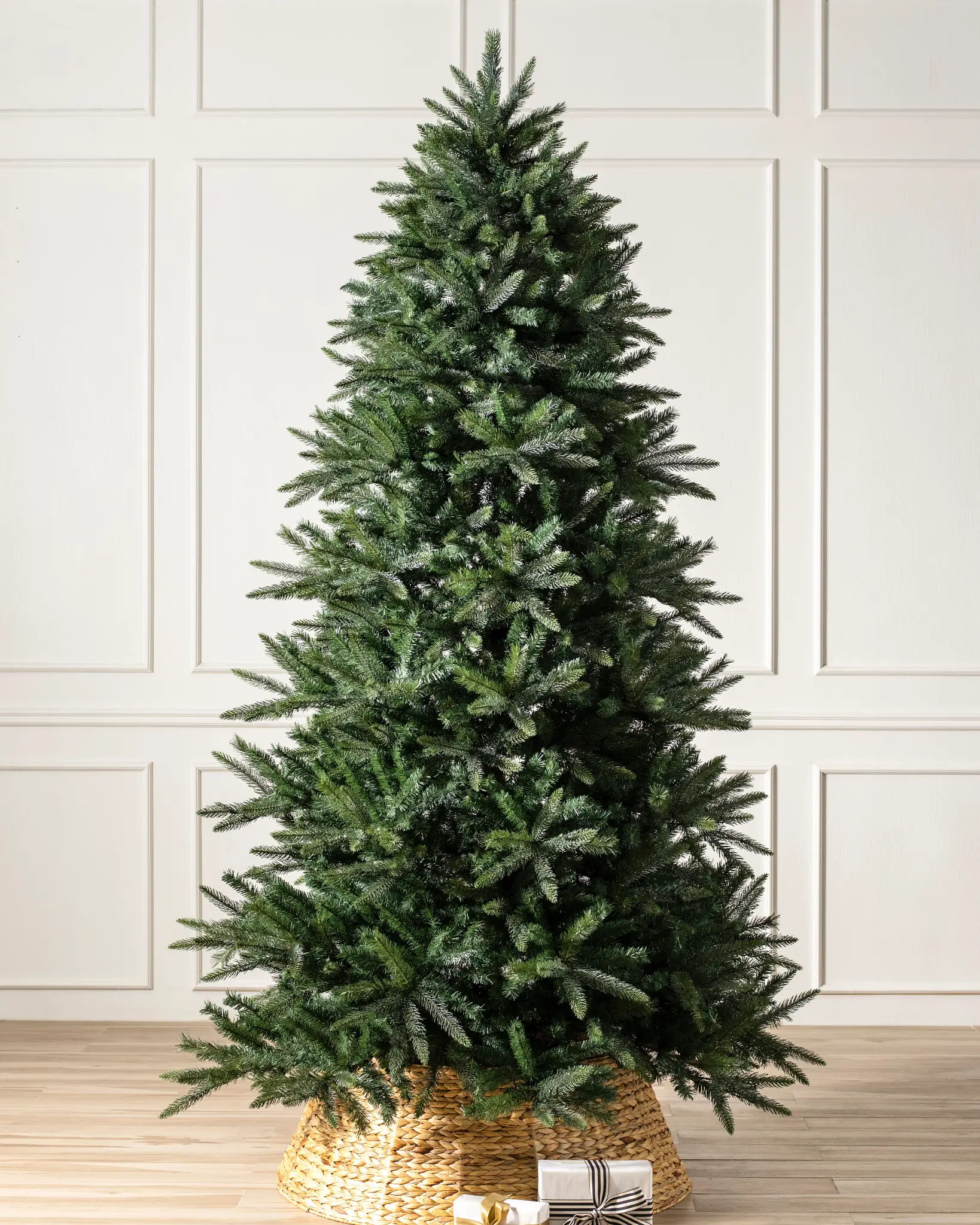
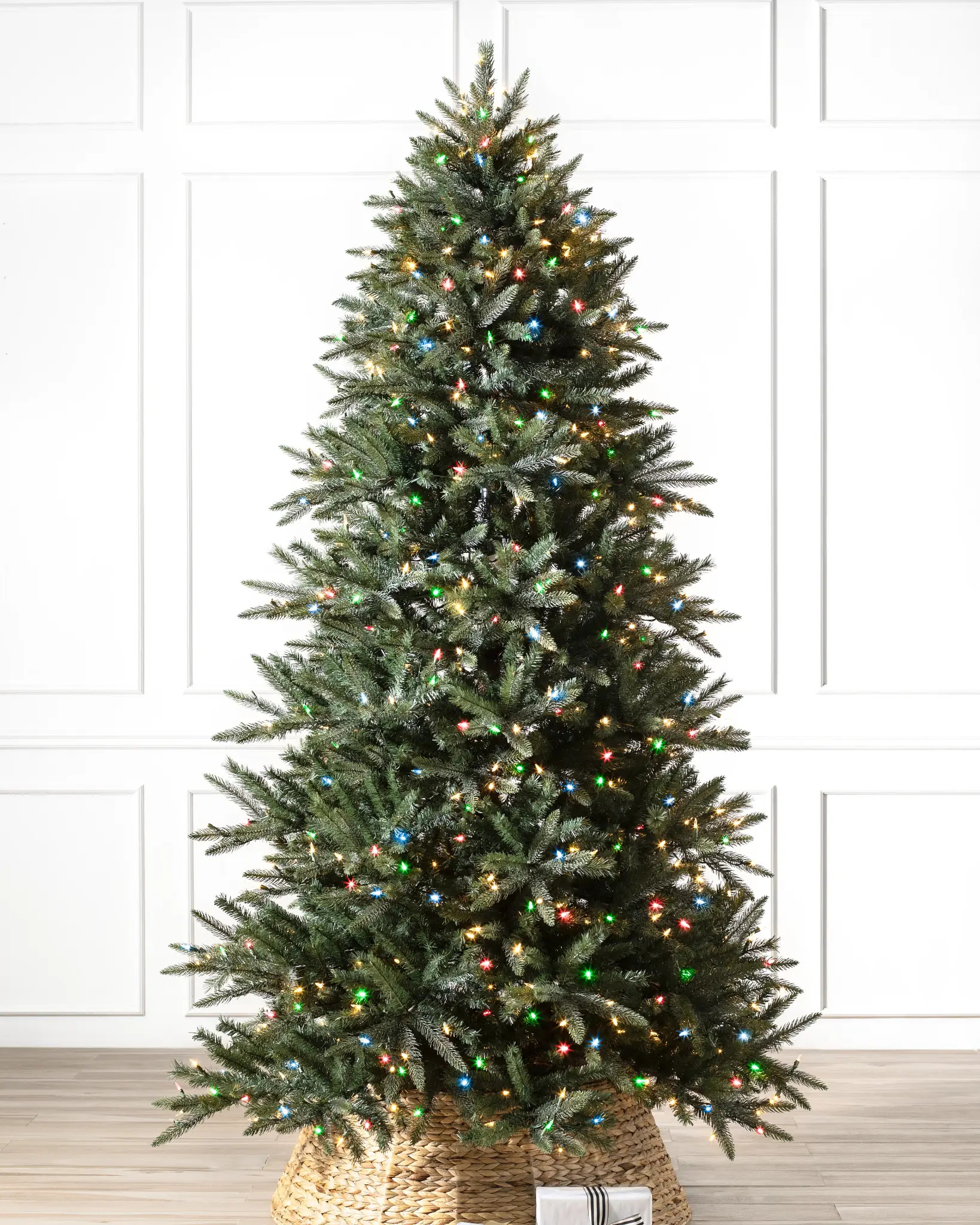
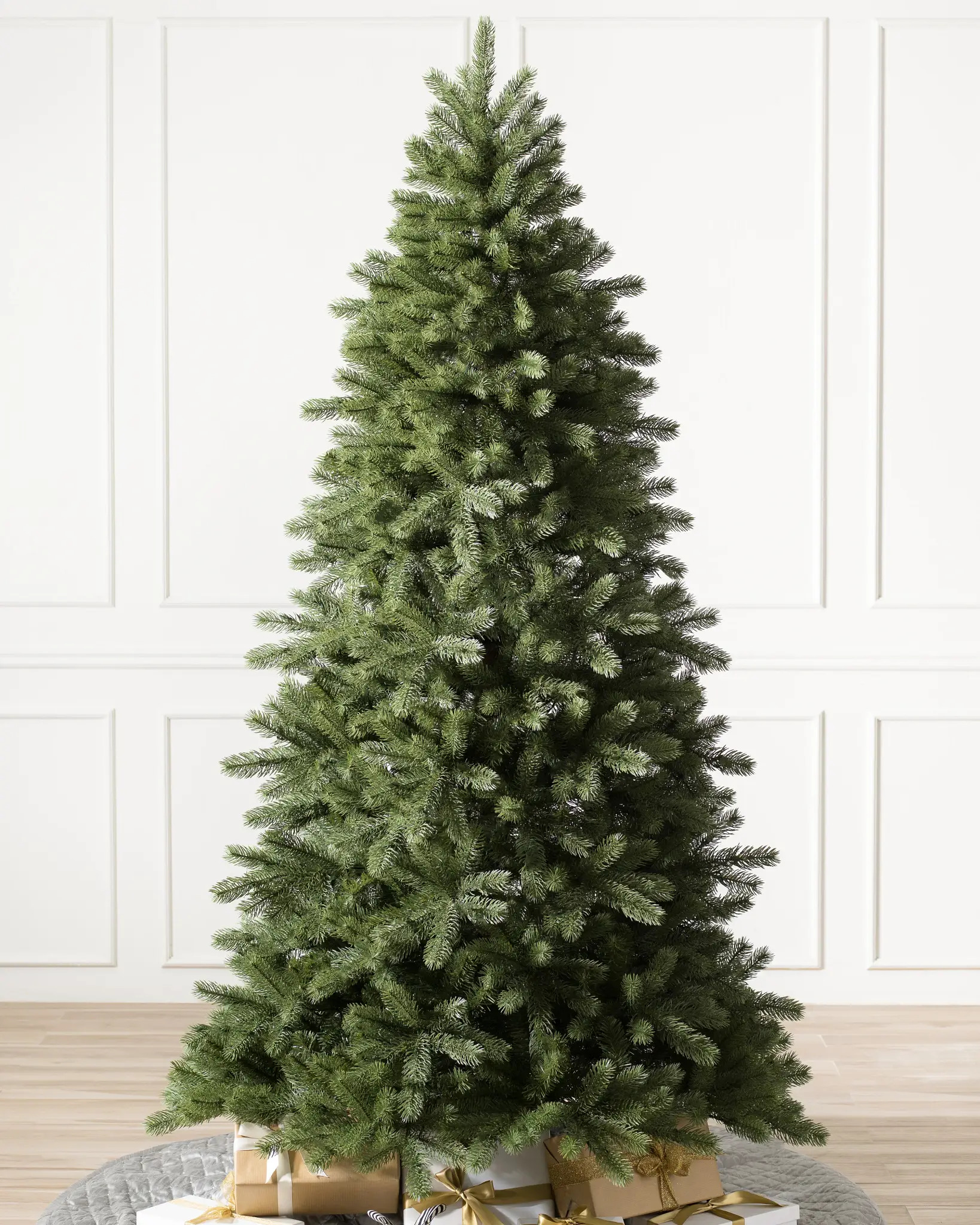
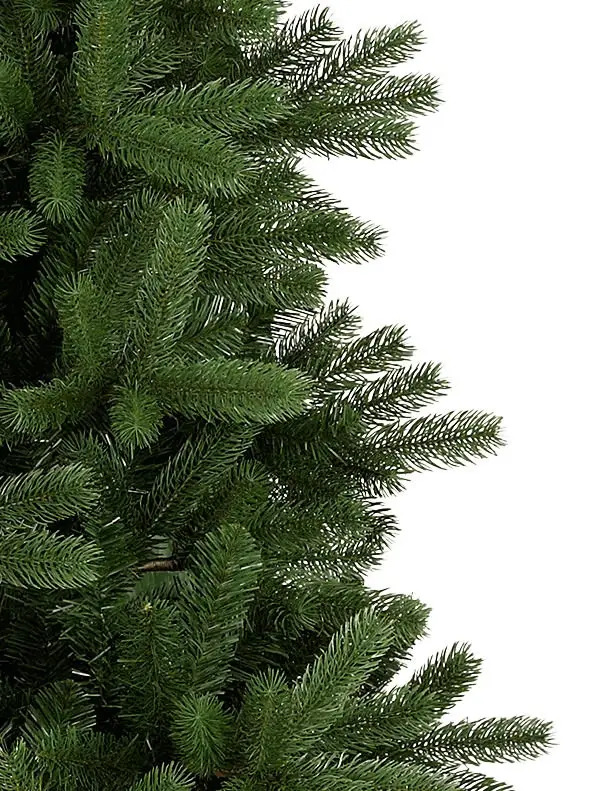
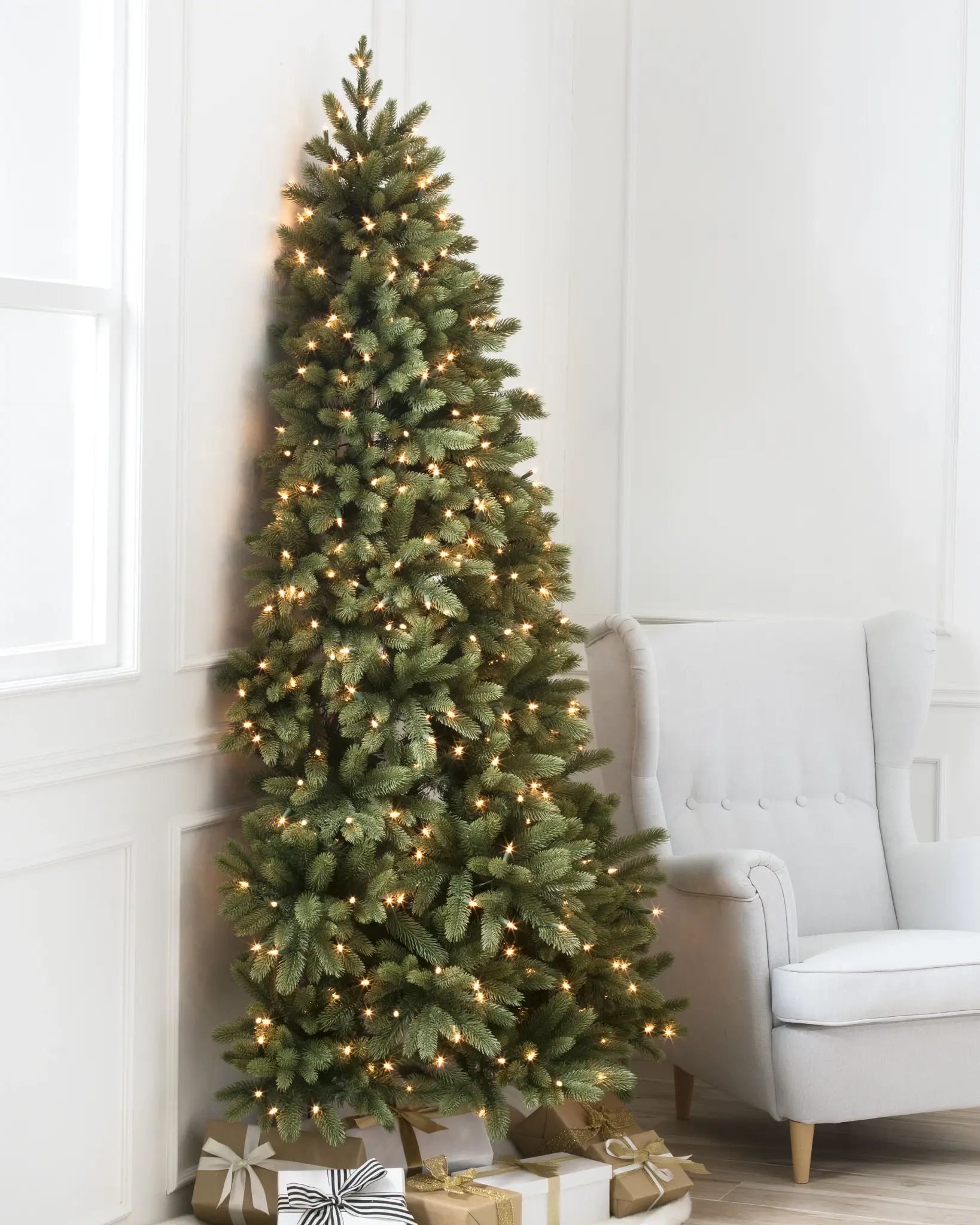
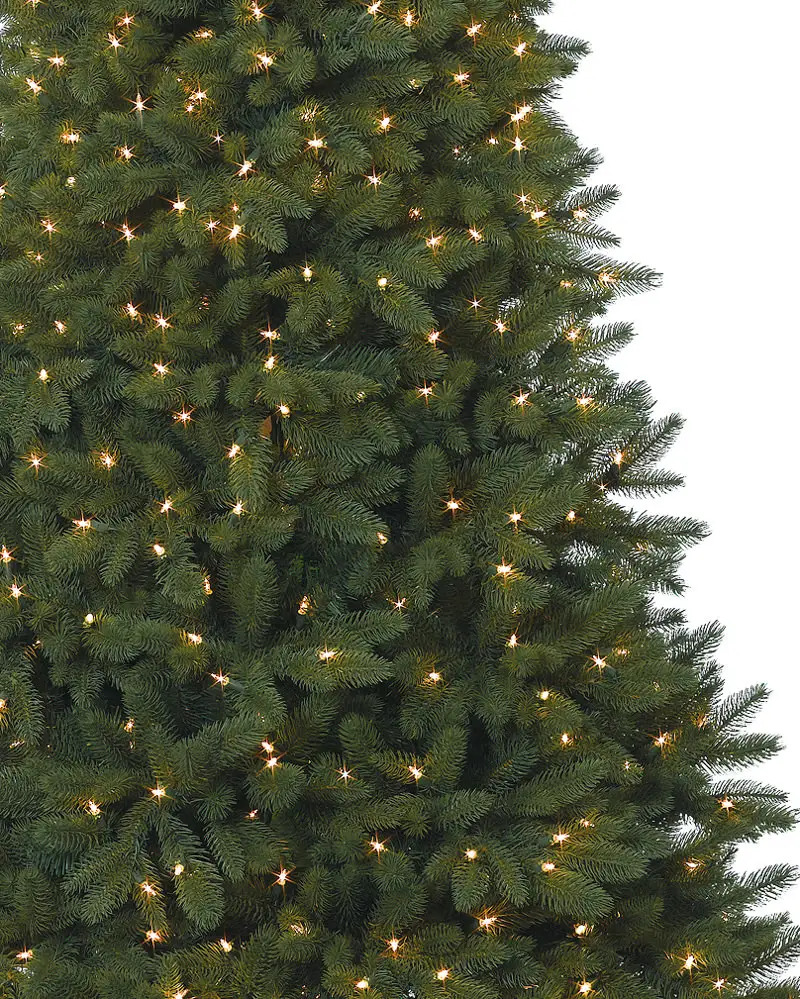
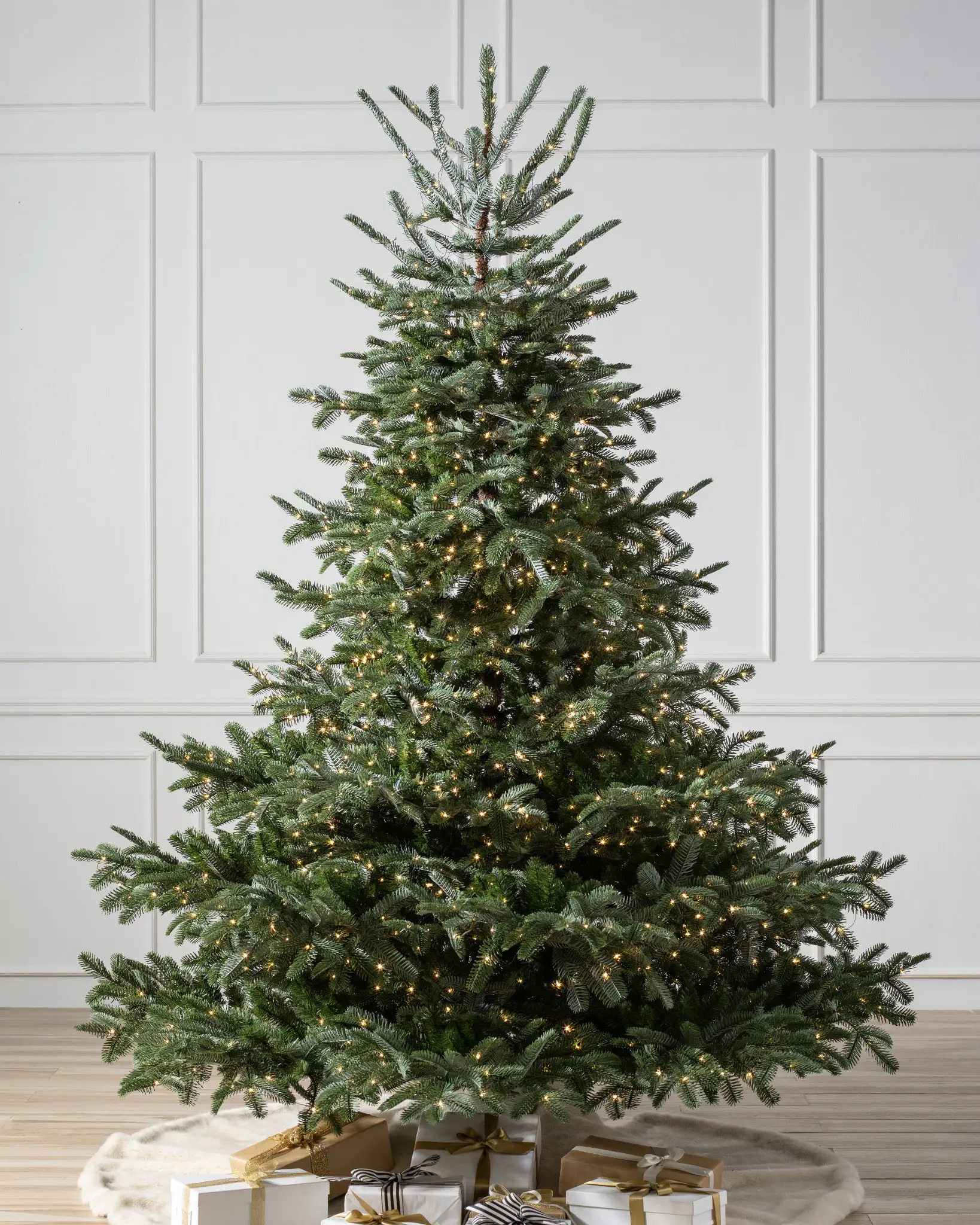

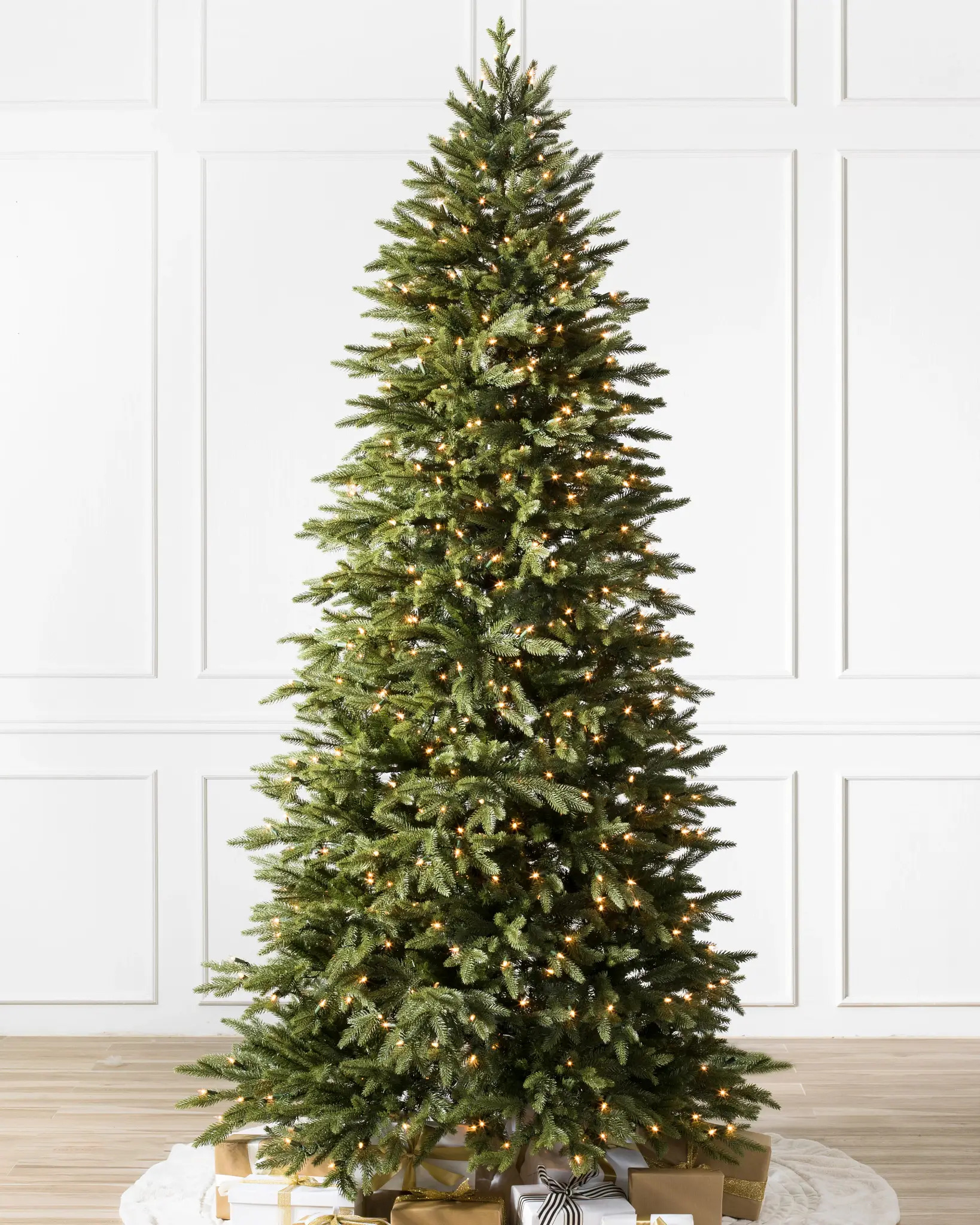
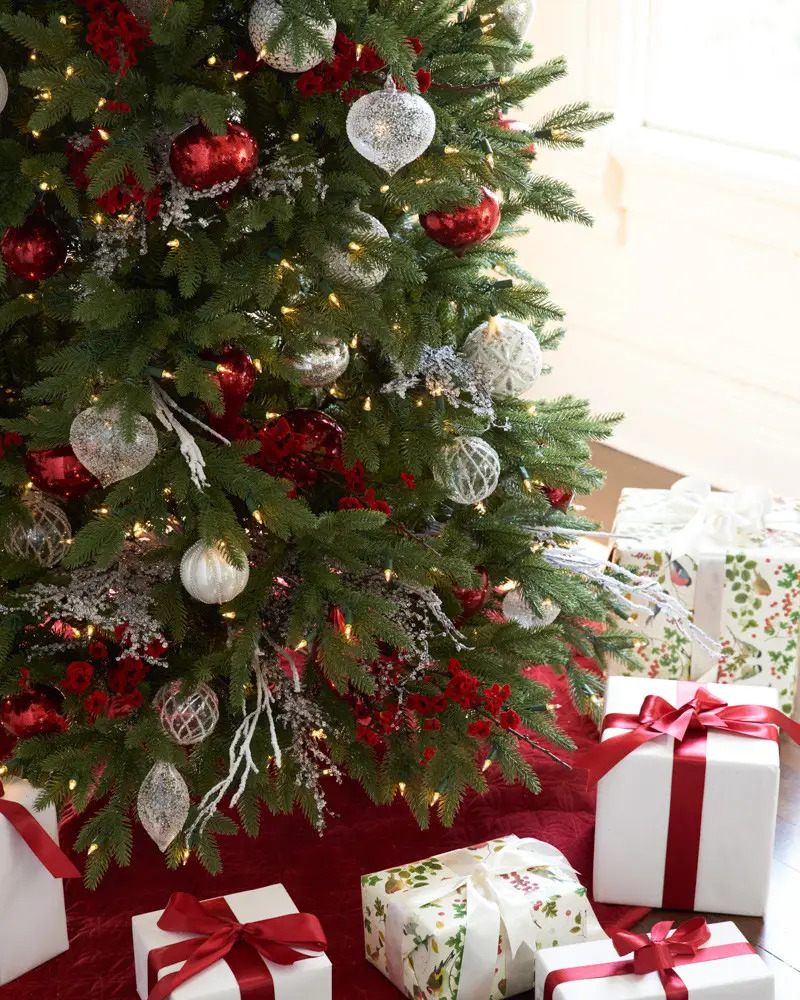
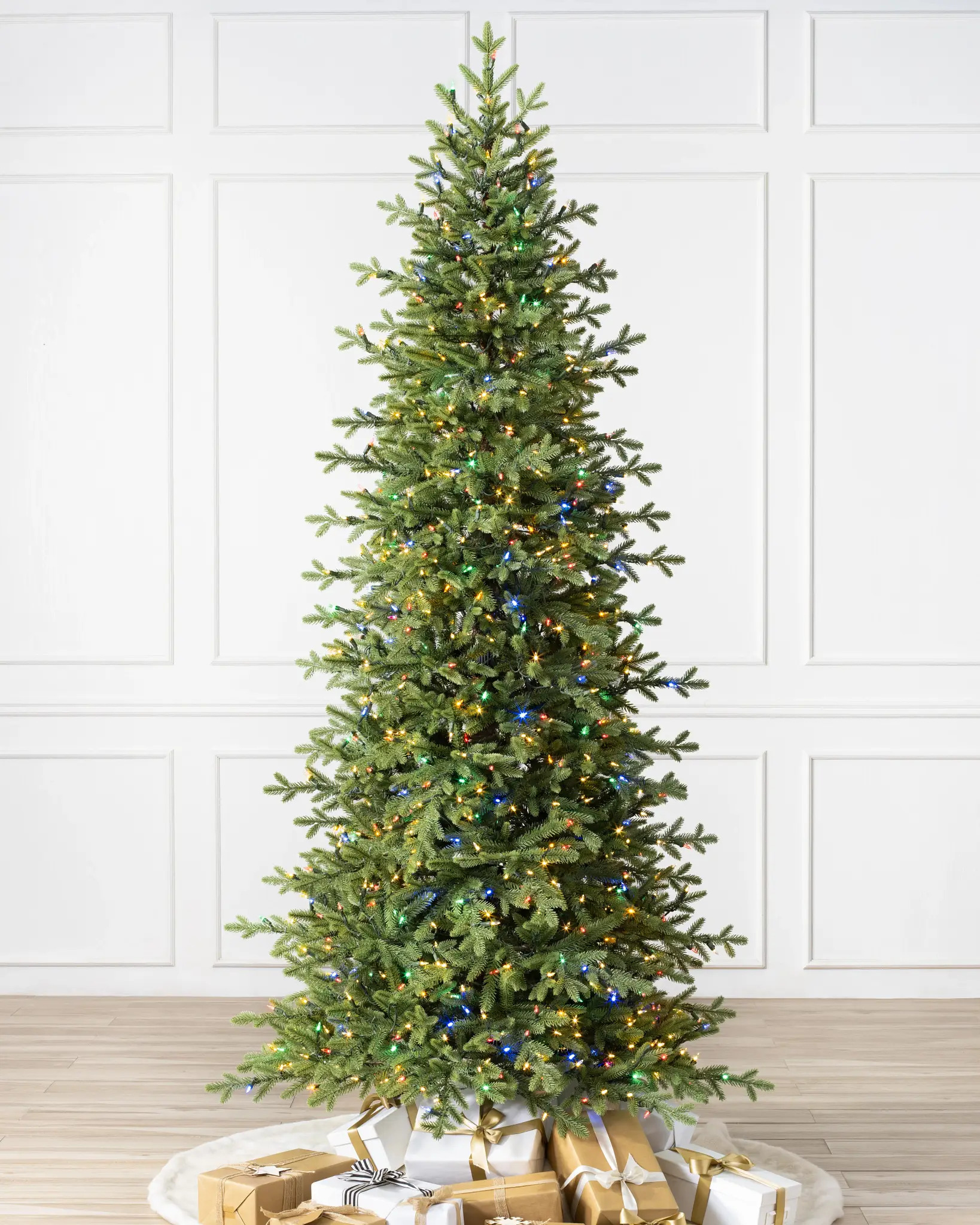
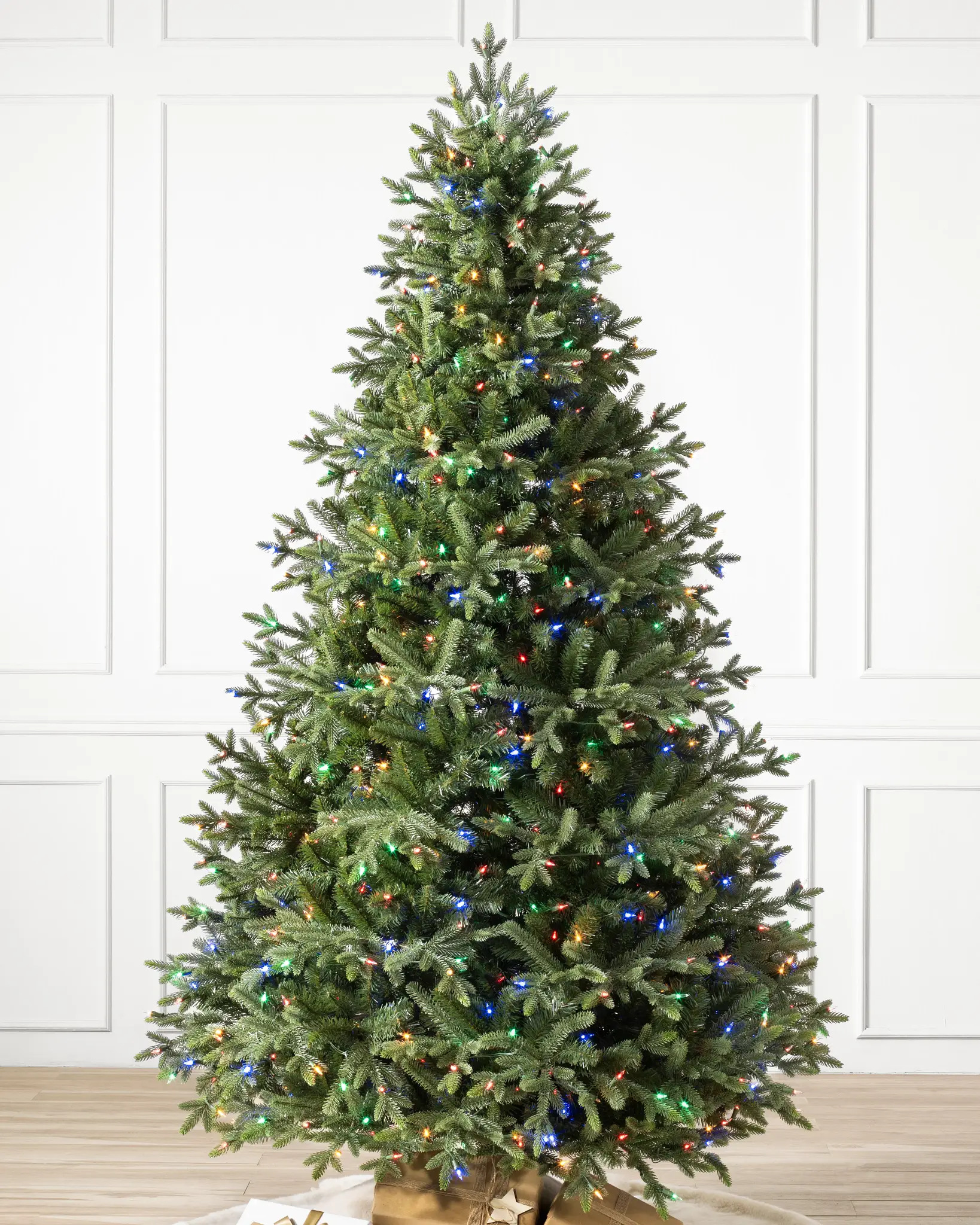
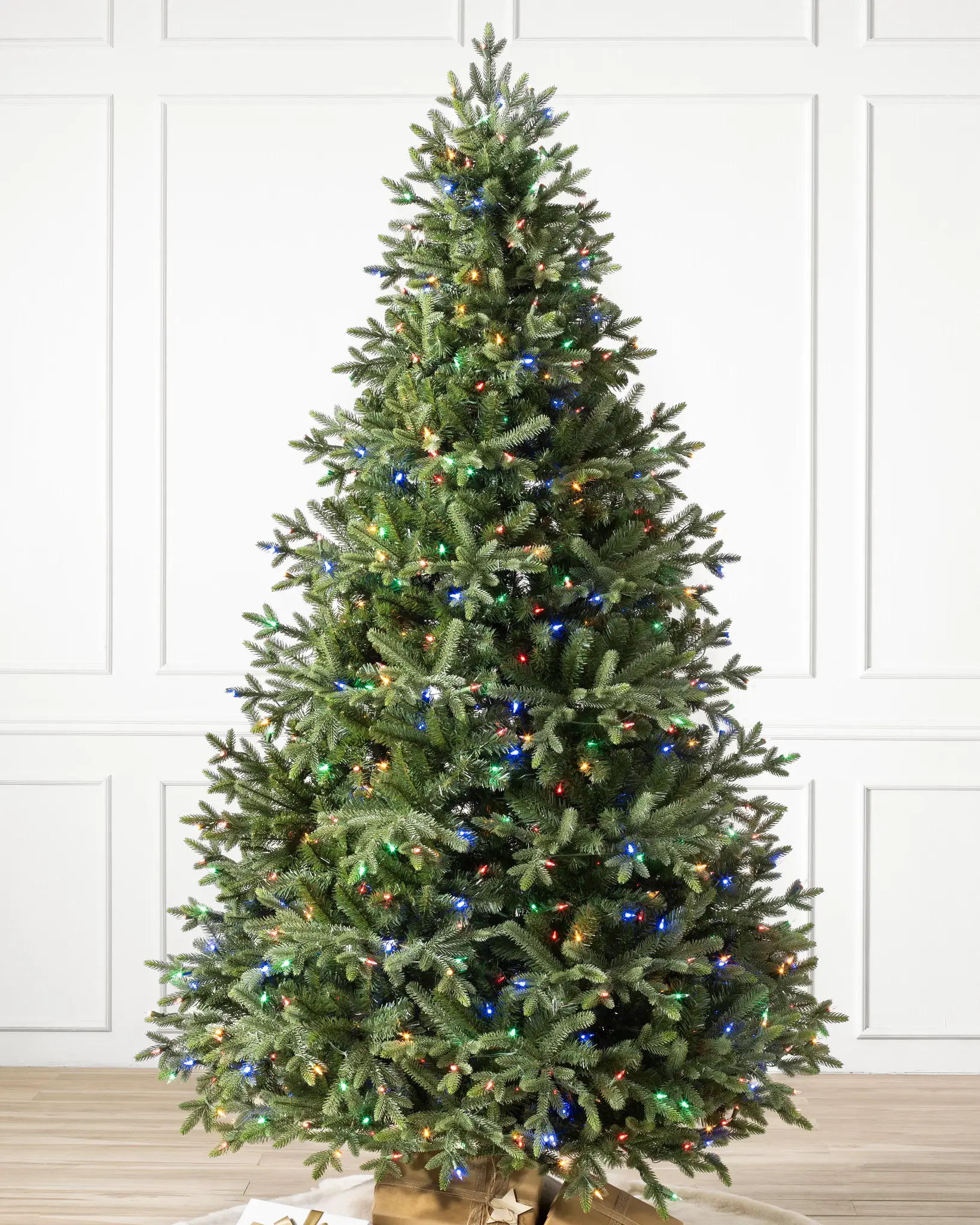
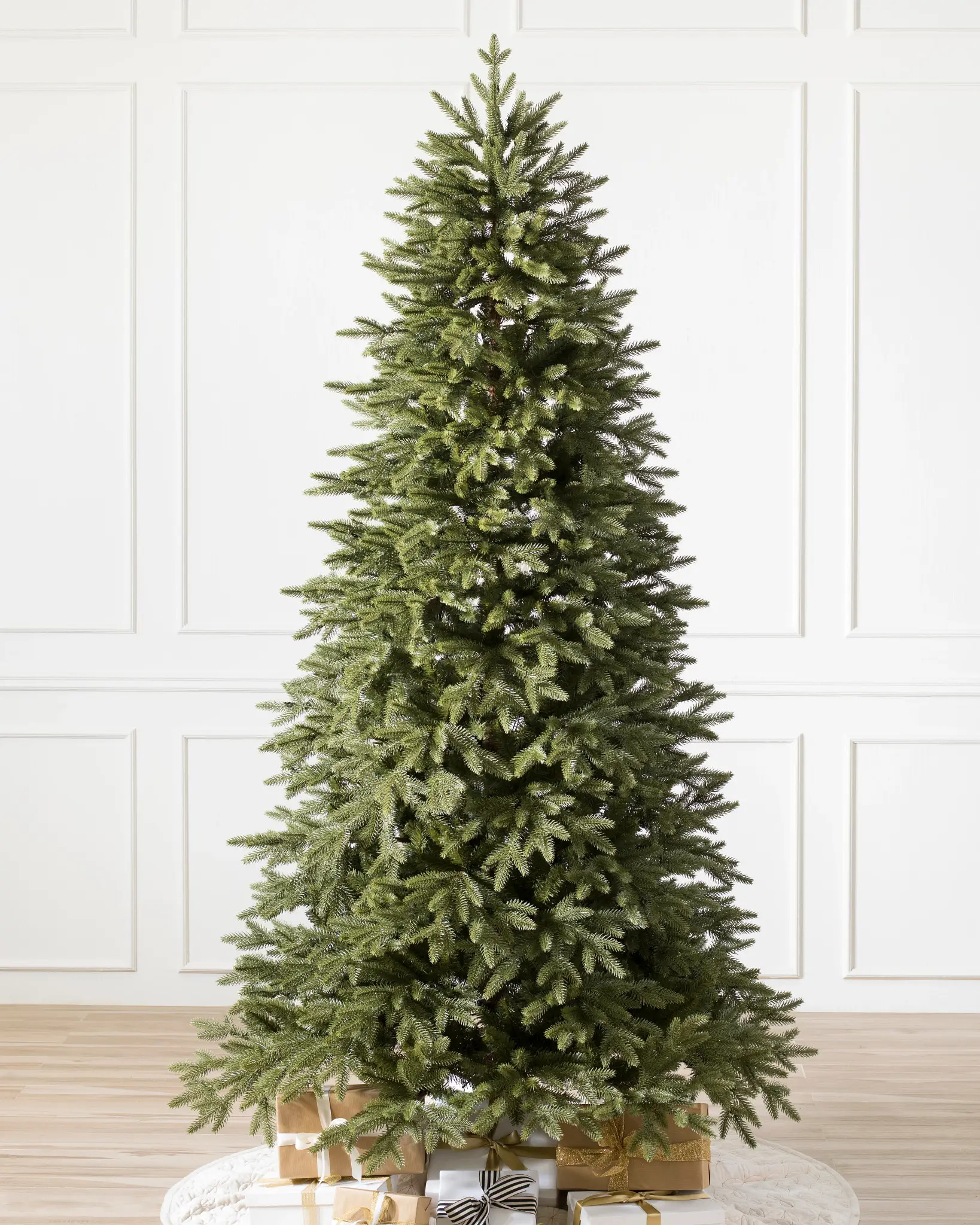
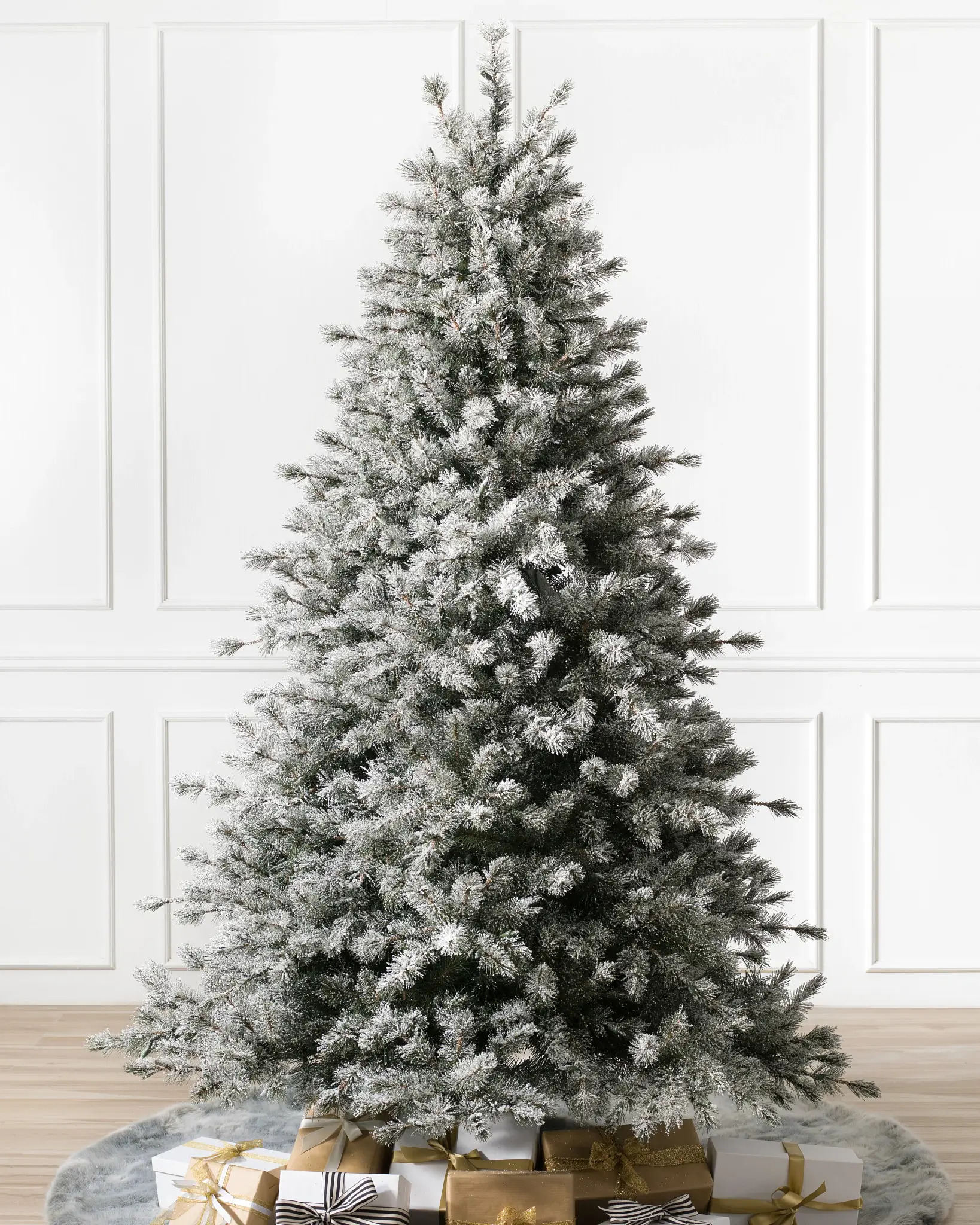
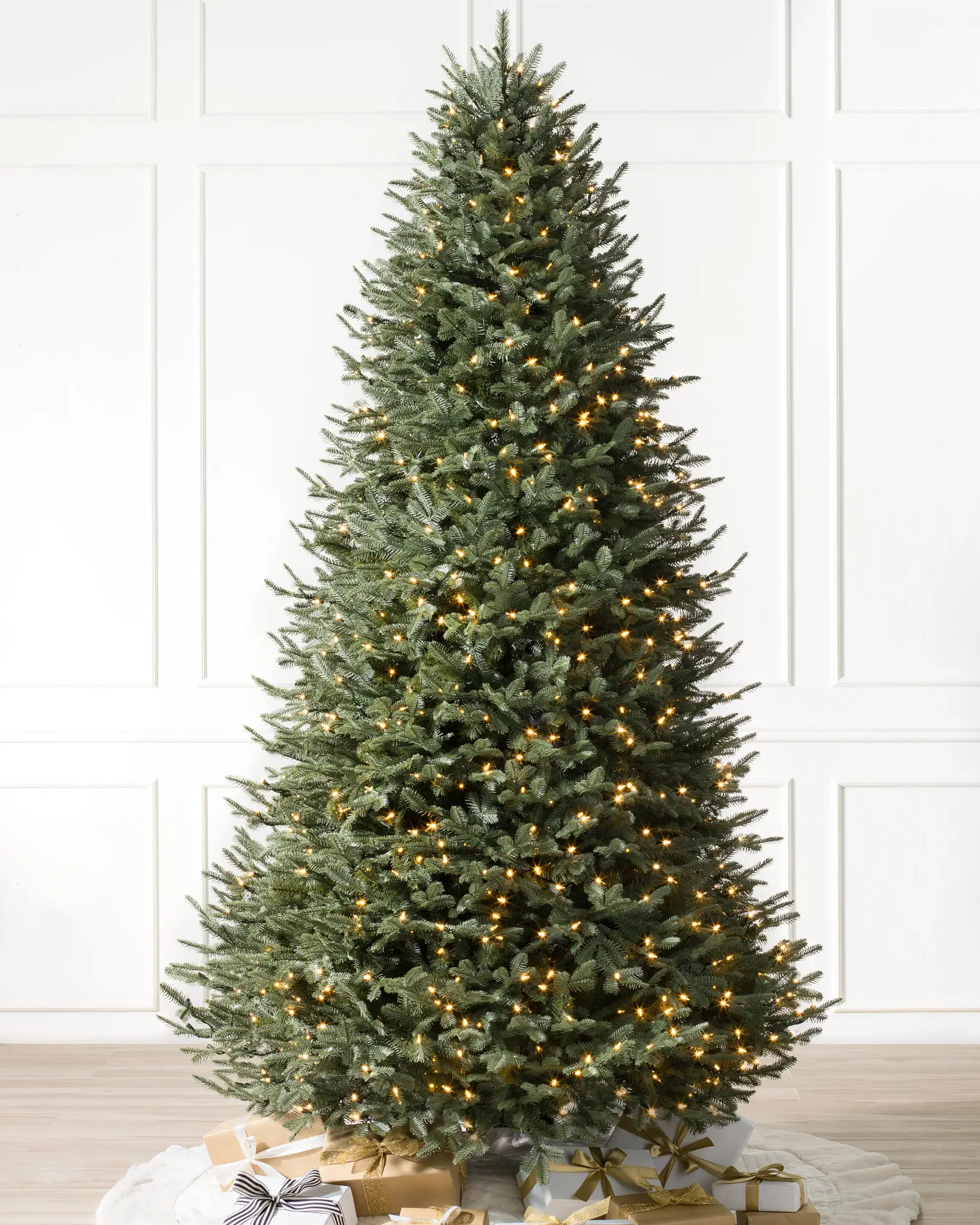
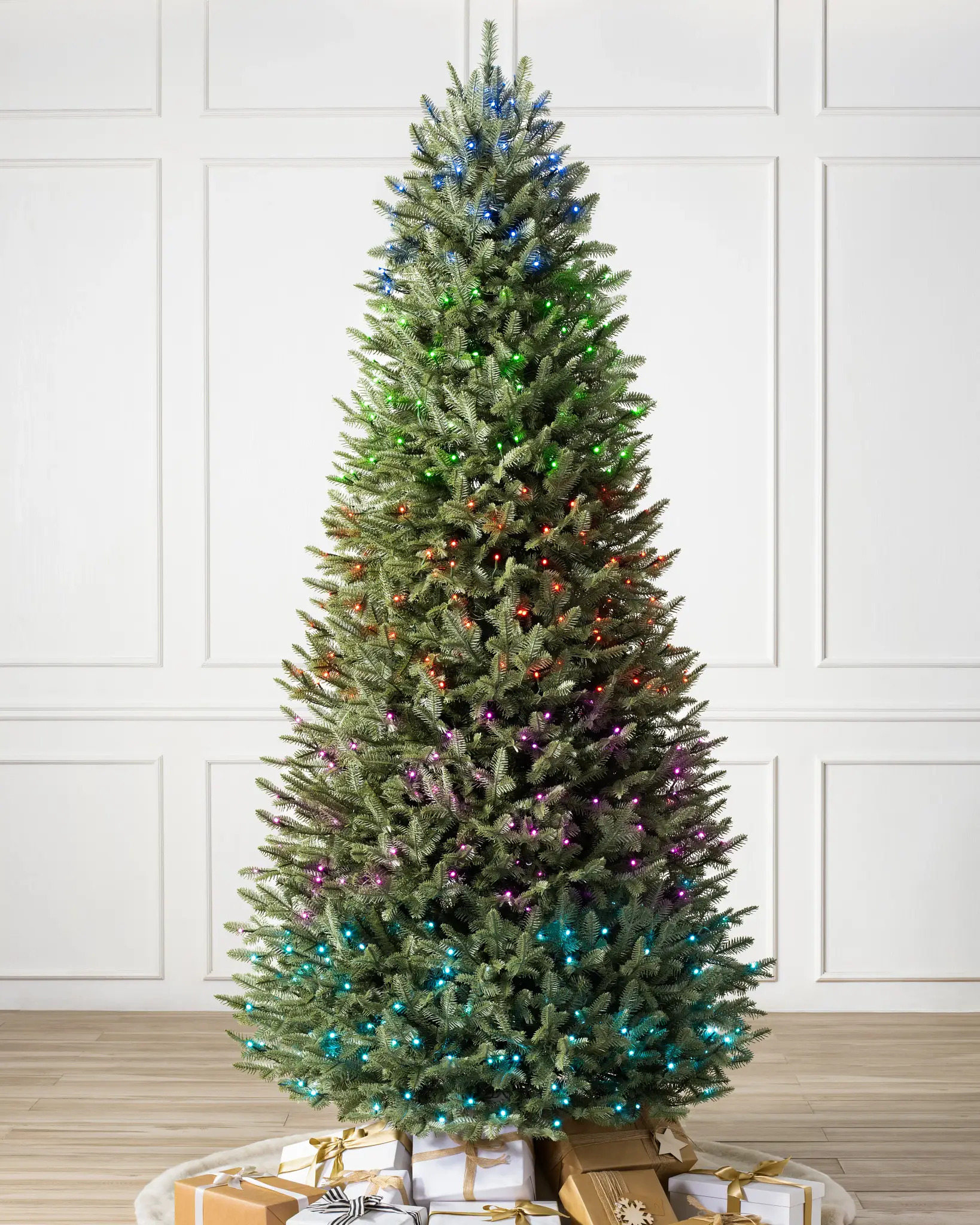
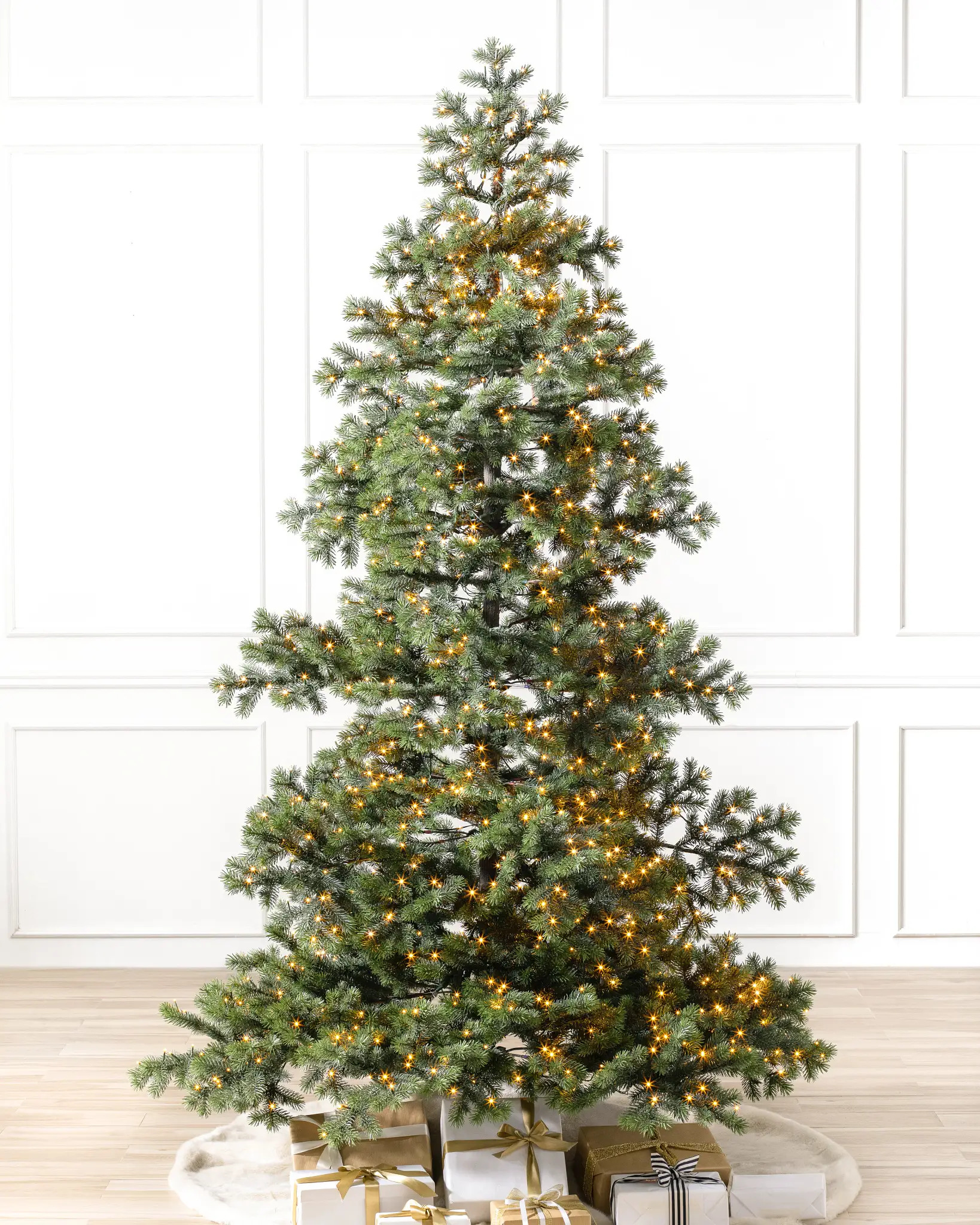
Reviews
There are no reviews yet.